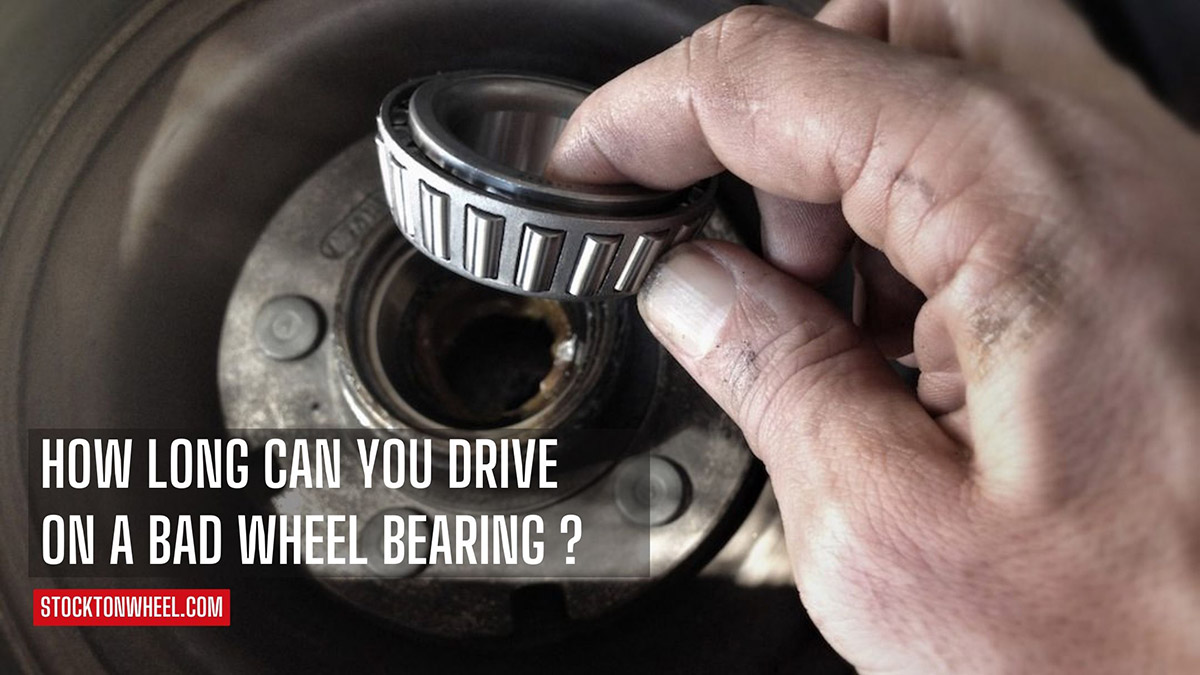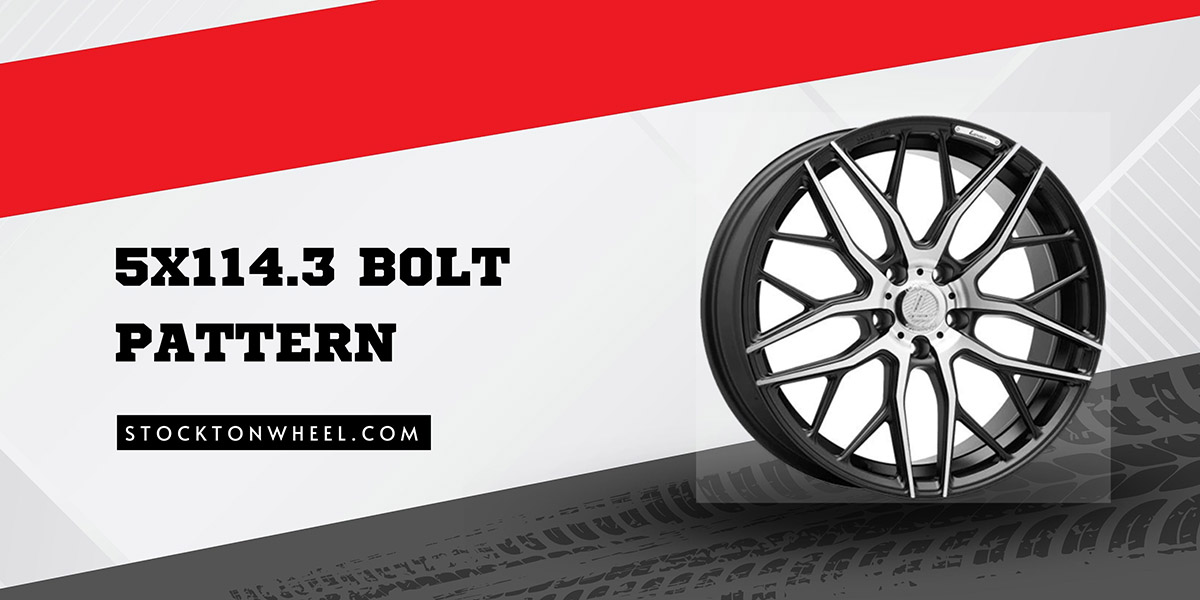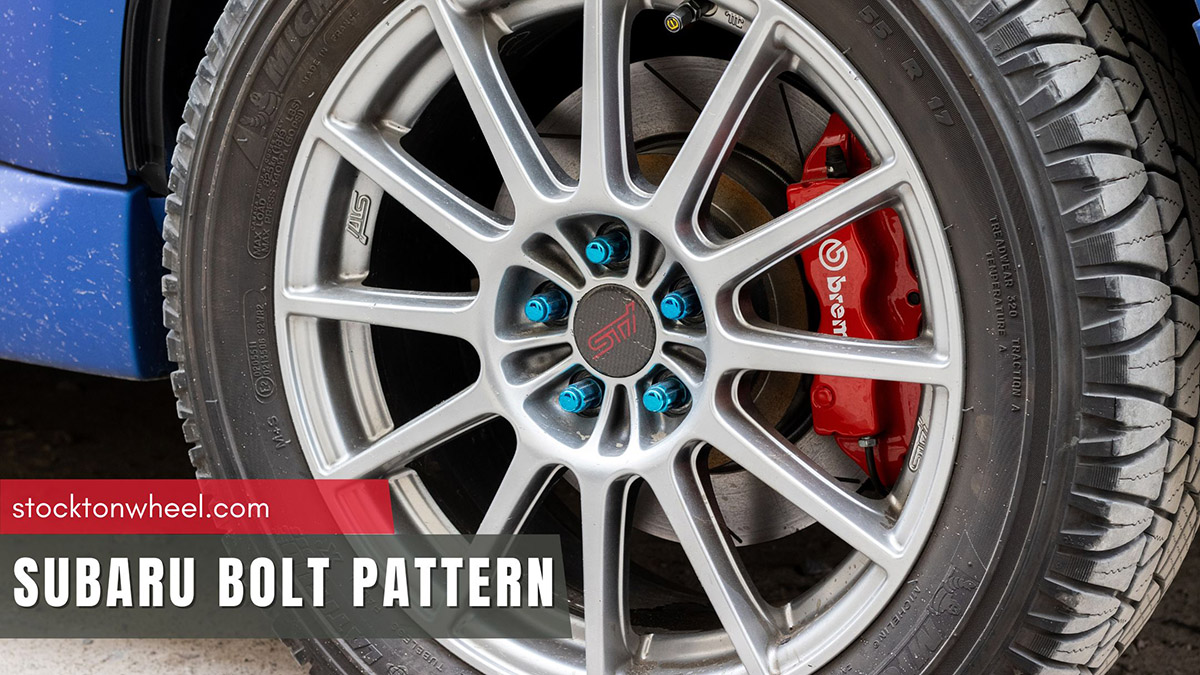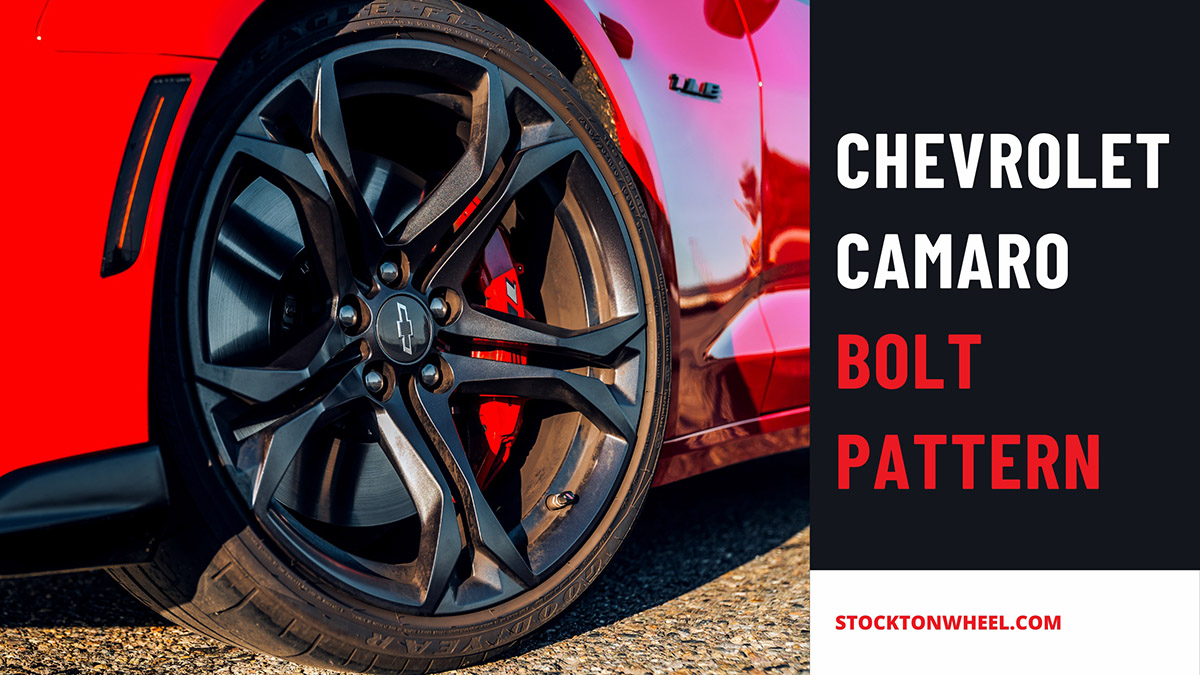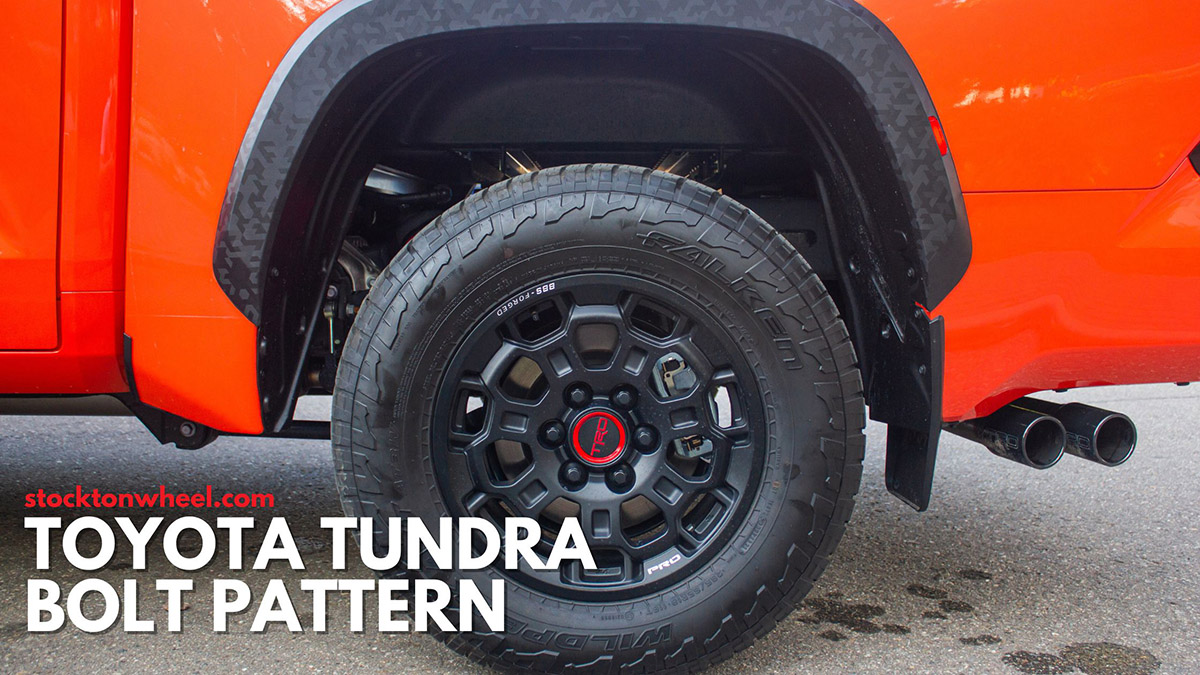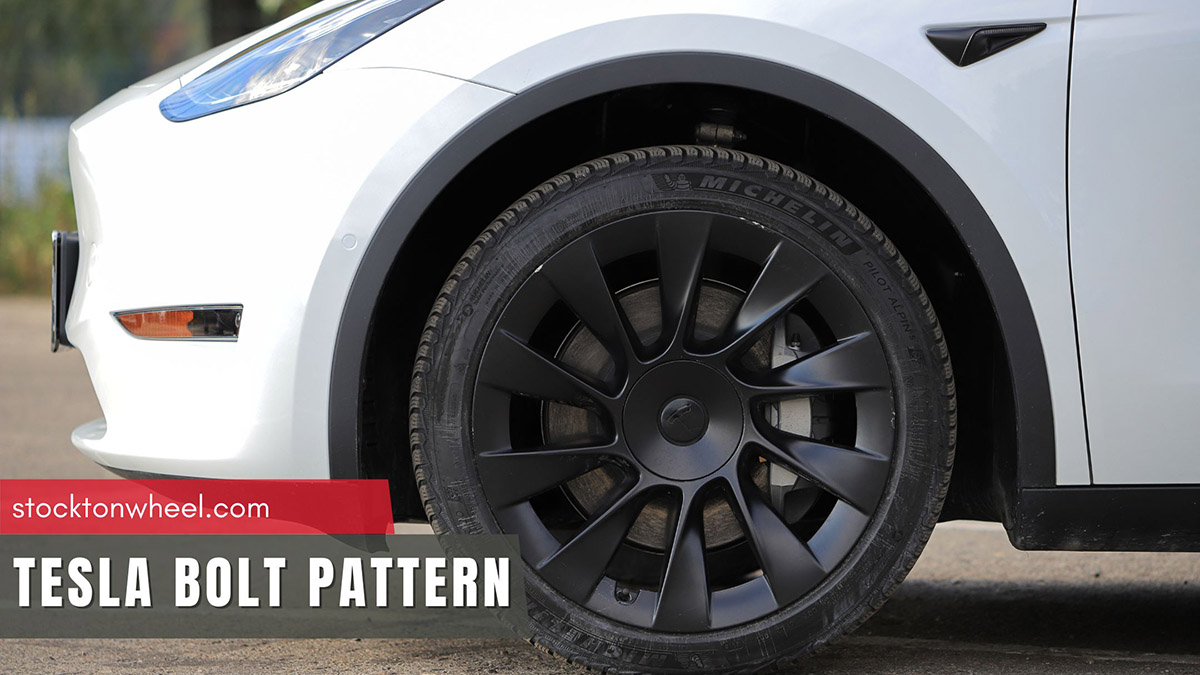Wheel bearings are critical to a car’s performance, as they support its weight and ensure consistent, smooth wheel spinning.
While driving with bad wheel bearings will compromise performance, some believe they can still last a few more miles before collapsing entirely. Let’s discuss whether that assumption is accurate.
In this article:
Can You Drive With A Bad Wheel Bearing? How Long?
Pro mechanics don’t recommend driving with bad wheel bearings. It’s best to fix the issue before getting back on the road. Driving for a long distance might wreak havoc on other parts like the suspension or brakes. If the nearby axles and components are eroded due to these faulty bearings, the damage might be irreparable.
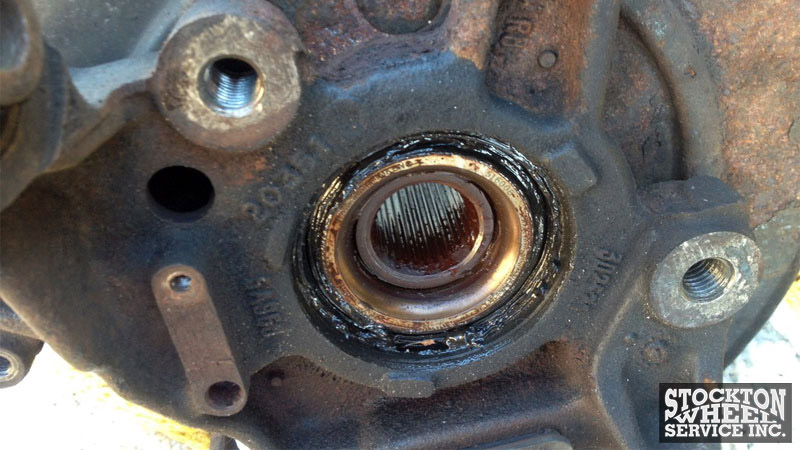
When you suspect issues with your car’s wheel bearing, seek advice from certified mechanics immediately. Once the problems are detected early, they only need simple re-lubricating and repacking, which is much cheaper than any other alternative after the damage has worsened.
But what if you still have to drive for several miles? Do so cautiously while staying alert to any possible symptom of degrading bearings, which we will discuss further in this guide.
Can A Wheel Fall Off With A Failed Wheel Bearing?
It’s probably the case. A damaged or worn-out wheel bearing results in excessive free play or wobbling in your wheel, causing it to tilt. If left unattended, the wheel might completely detach from your vehicle while in motion, leading to loss of control, accidents, and even deadly injuries.
How to Tell When It Is Bad?
To confirm your wheel bearing has degraded, pay attention to these key symptoms:
- Unusual Noise: The most common sign is a grinding noise that persists regardless of your steering input. It worsens at higher vehicle speeds but might get quieter during turns if only the outer wheel bearing is compromised.
- Increased Looseness: A deteriorating wheel bearing weakens the tight connection between critical components, which explains why your wheels feel looser and less responsive when driving.
- Heat Generation: As a worn-out wheel bearing struggles to function properly, more friction and heat are produced, especially when you try to stop the car.
- Steering Pull: The heightened friction in your damaged wheel bearing causes one wheel to roll unevenly. As a result, the car gradually pulls to one side despite no intentional steering input.
How to Check and Confirm
Aside from the telltale signals, here’s a simple test to confirm the issue.
Note that the results are mostly accurate on your non-driven axle; the car’s differential on the driven axle might make it harder to perform this test:
- Lift the vehicle using a jack to keep one wheel off the ground.
- Move the lifted wheel and pay attention to any grinding noises or excessive resistance when spinning. If yes, your wheel bearing has likely gone bad.
Still, for the most reliable assessment, we suggest consulting a professional since they have enough expertise and specialized equipment to investigate the problem more thoroughly.
How Much Does It Cost to Change The Part?
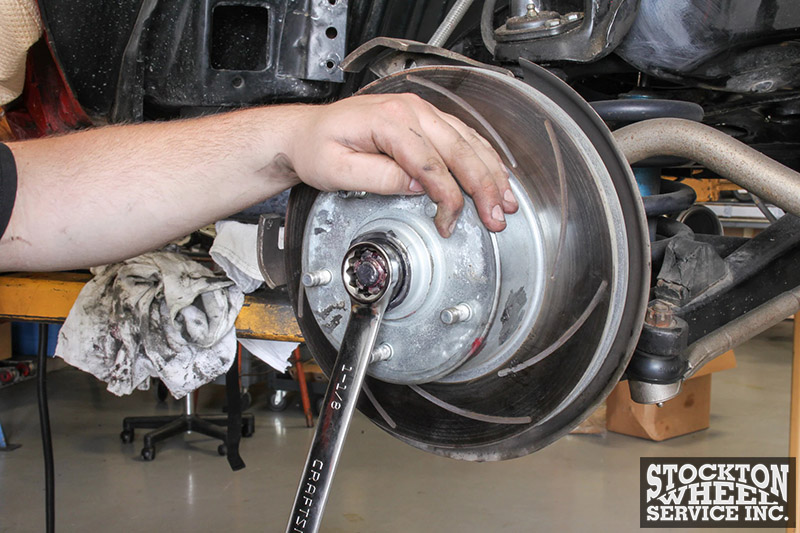
The average cost for one wheel bearing replacement is about $350, but this number might change based on the make and model of your vehicle and the mechanic’s labor rate.
In some cases, the mechanic might ask you to replace the entire hub assembly, which raises the total cost even higher; fortunately, such serious damage is not always common.
All in all, it is important to have your wheel bearings inspected regularly. The sooner you identify the symptoms, the less they will cost for repairs.
Can You Temporarily Fix A Faulty Wheel Bearing Before Replacement?
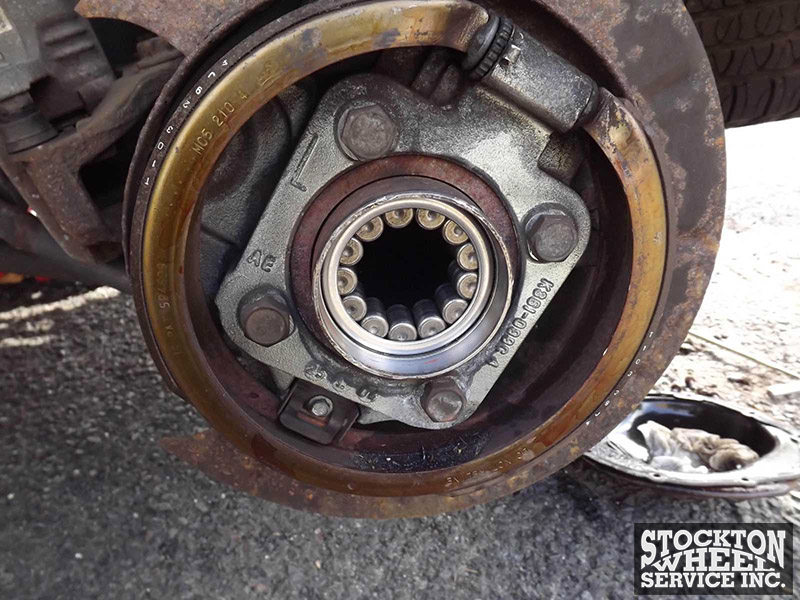
Yes, there are a few things you can do to fix the bearing temporarily.
- Tighten the axle nut to keep the wheel bearing from overheating and wobble, extending its life a bit longer.
- A dry or dirty bearing will likely suffer premature wear and excessive friction. Consider repacking the bearing with grease to reduce the damage.
- Adjust the bearing preload (the amount of pressure applied to the bearing). Too-loose preload makes the bearing overheat and wobble, while too-tight preload leads to excessive wear. Make sure you balance these two extremes.
Again, do not forget they are only short-term solutions; a bad wheel bearing should be replaced as soon as possible to avoid further damage to your vehicle and prevent serious accidents.
Drive Safely on a Bad Wheel Bearing Before Replacement
We do not recommend driving with a bad wheel bearing. But if immediate repairs are not yet possible, these are some precautions you should take to keep the risks minimal:
- Drive slowly to minimize excessive stress on the bad wheel bearing. Your car is less likely to encounter catastrophic failure as a result.
- Potholes and rough roads can exacerbate the problem. So, choose other routes with smoother surfaces to reduce the strain on your wheel bearing.
- Turn gently; it keeps lateral stress off the bearing.
- Pay attention to unusual wheel bearing noises. Pull over as soon as possible if the strange noises grow increasingly louder.
- Avoid hard braking or long driving since doing so might generate excessive heat. Give your car some break in between.
Conclusion
When you have to drive with a bad wheel bearing, extreme caution is the key. Drive slowly, pull over when the symptoms become more worrying, and seek immediate professional help for further diagnosis. Otherwise, it’s best to stop driving and bring your car to a repair shop.
Our comment section is always open to more questions; write to us if you need help with anything else.

